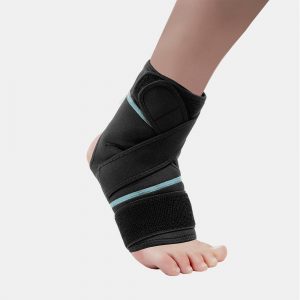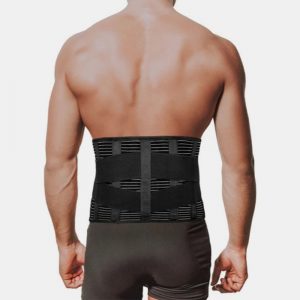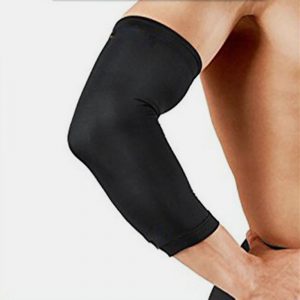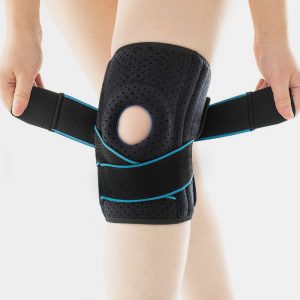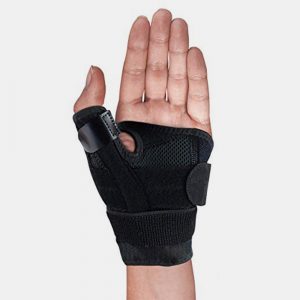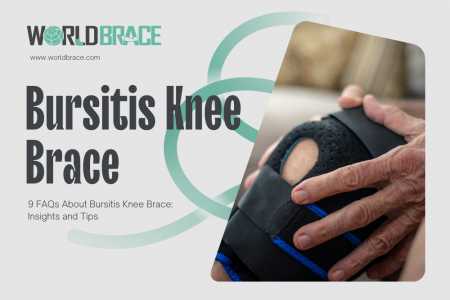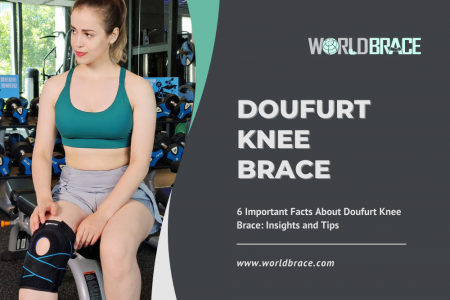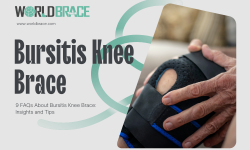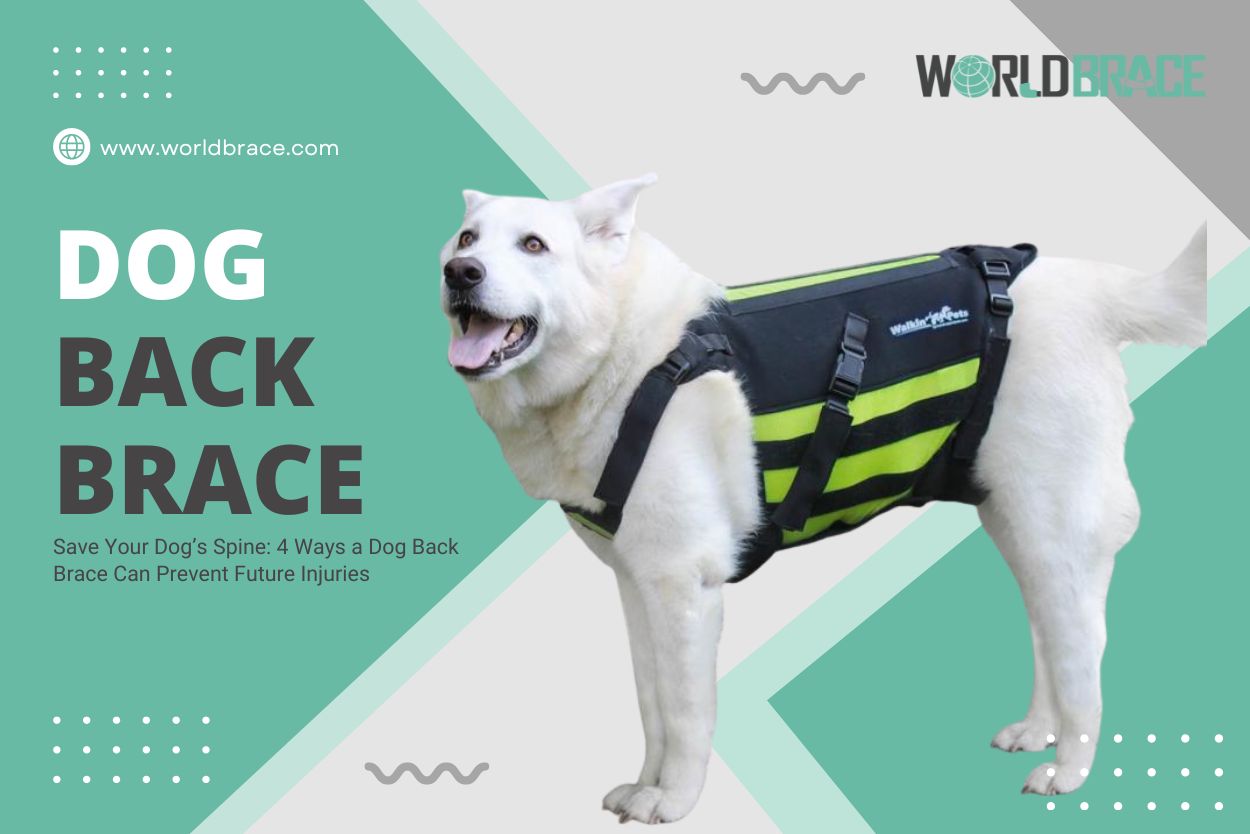
Understanding Back Injuries in Dogs
Back injuries are a common problem among dogs and can be caused by various factors such as genetics, age, and physical strain. Symptoms of back injuries may include limping, weakness in the hind legs, and difficulty standing or walking. It’s essential to seek veterinary care if you suspect your dog may have a back injury, as untreated injuries can lead to more severe problems. Some common back injuries in dogs include slipped or herniated discs, spinal fractures, and muscle strains. Certain breeds, such as Dachshunds, are also more prone to back injuries due to their long bodies and short legs. To prevent back injuries, it’s essential to provide your dog with regular exercise, maintain a healthy weight, and avoid activities that strain the spine excessively. Using a dog back brace can also help prevent future injuries or aid in recovery from existing injuries.
How a Back Brace Supports Your Dog’s Spine
- Stabilizing the spine: A well-fitting back brace can help to stabilize the spine, reducing the risk of further injury or aggravation of existing injuries.
- Reducing compression: A back brace can help reduce pressure on the spinal discs by compressing the muscles around the spine, preventing herniation or other injuries.
- Providing additional support: Depending on the design of the brace, it may also provide additional support to specific areas of the back, such as the lumbar or thoracic regions.
- Improving mobility: By providing support to the spine, a back brace can help to improve a dog’s mobility and comfort, allowing them to move more freely and without pain.
Preventing Future Injuries with a Back Brace
One of the key benefits of using a dog back brace is its ability to prevent future injuries rather than simply treating existing ones. By supporting the spine and reducing strain on the back muscles, a back brace can help prevent common types of back injuries such as slipped or herniated discs. This can be especially important for dogs at higher risk of back injuries, such as those with long bodies or short legs. In addition to using a back brace, there are other steps you can take to prevent future injuries, such as providing regular exercise, maintaining a healthy weight, and avoiding activities that put excessive strain on the spine. Combining these strategies can help keep your dog’s back healthy and prevent costly and painful medical treatments.
Choosing the Right Back Brace for Your Dog
When choosing a back brace for your dog, there are several factors to consider, including the specific type of injury you are trying to prevent or treat, the size and breed of your dog, and the overall design and quality of the brace. Some tips for choosing the right back brace include:
- Consult with your veterinarian: Your vet can guide the type of brace best suited for your dog’s needs.
- Consider your dog’s breed and size: Certain species may require different types of support, and choosing a brace that fits well and provides adequate support for your dog’s size is essential.
- Look for quality materials: A well-made back brace should be made from durable, high-quality materials that provide adequate support without causing discomfort or irritation.
- Check reviews and ratings: Reading reviews and ratings from other dog owners can be a helpful way to gauge effectiveness and quality.
Lifestyle Changes to Support Your Dog’s Spine Health
Maintaining your dog’s spine health is crucial for its overall well-being and quality of life. Here are some lifestyle changes you can make to support your dog’s spine health:
- Regular exercise: Keeping your dog active is essential for maintaining a healthy weight and keeping the spine strong. Aim for at least 30 minutes of moderate exercise daily, such as walking, hiking, or playing fetch.
- Weight management: Obesity can strain the spine excessively, increasing the risk of back injuries. Help your dog maintain a healthy weight by providing a balanced diet and monitoring their food intake.
- Soft bedding: Providing your dog with a soft, supportive bed can help to reduce pressure on the spine while they sleep. Look for mattresses made from memory foam or other supporting materials.
- Supportive gear: Besides a back brace, other supportive gear options, such as harnesses and slings, can help protect your dog’s spine.
- Avoid high-impact activities: Certain activities, such as jumping or rough play, can strain the spine excessively and increase the risk of injury. Avoid these activities, especially if your dog has a history of back problems.
Conclusion:
In conclusion, a dog back brace can be a helpful tool for preventing future spine injuries in your furry friend. By providing additional support to the spine and limiting movement in the affected area, a back brace can aid in the healing process and prevent further damage. However, it’s important to remember that a back brace should not be used as a long-term solution and should always be used with other treatments recommended by your veterinarian. In addition, by working with your vet and incorporating other lifestyle changes, such as regular exercise and weight management, you can help ensure your dog’s spine health and overall well-being.
Looking for a reliable dog back brace manufacturer and supplier in China? Look no further than Worldbrace. We offer high-quality wholesale back braces for dogs designed to provide support and prevent injuries.

